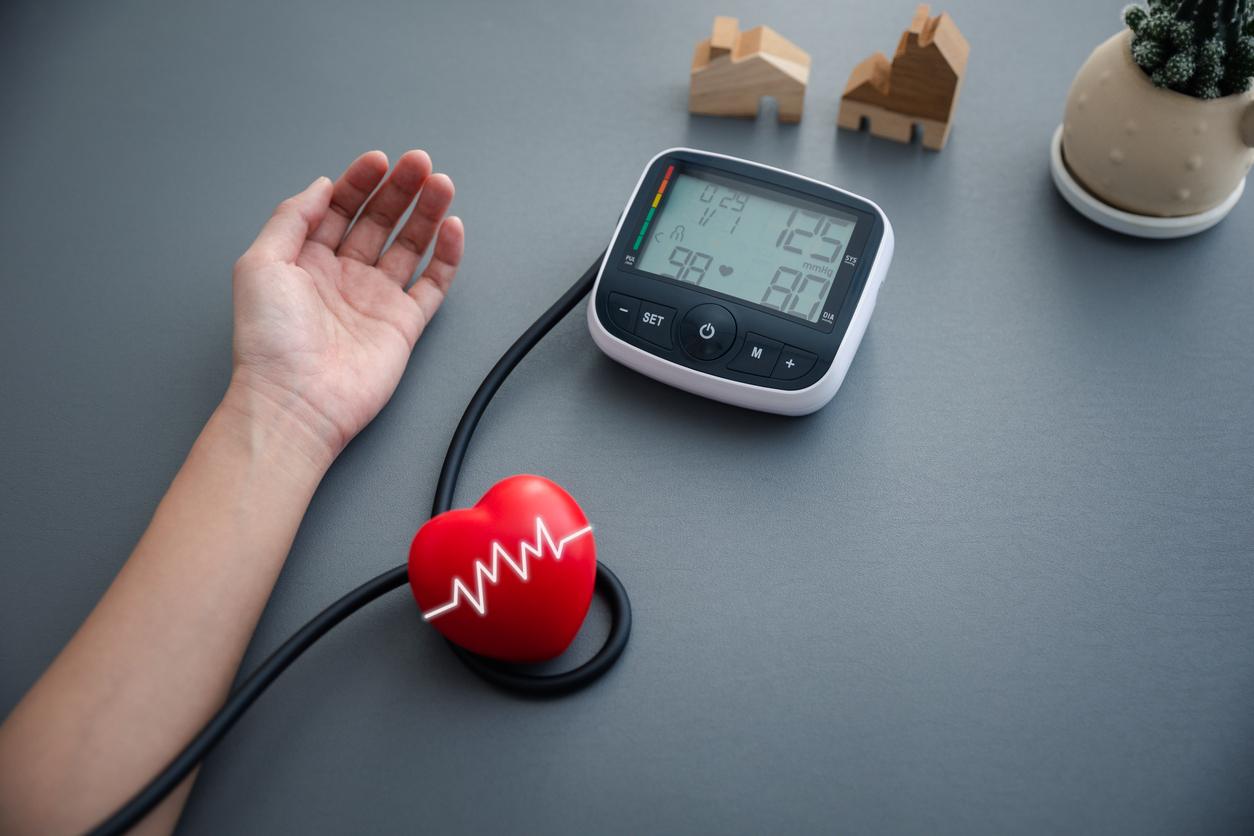This difference could predict a risk of heart attack, stroke and death.

- A different tension between the two arms indicates an arterial problem.
- The researchers recommend systematically measuring the tension on both arms.
“The greater the difference in tension between the two arms, the greater the health risks.“, according to researcher Chris Clark, from the University of Exeter, UK. Blood pressure is normally measured during a GP appointment or during other medical examinations. It expresses the pressure with which the blood circulates in the arteries, in millimeters of mercury (mmHg) Dr. Chris Clark and his colleagues have studied the meaning of a different blood pressure between the two arms.
Narrowing or stiffening of the arteries
“We have known for a long time that a difference in blood pressure between the two arms is associated with more health problems“, according to the scientist. He and his team conducted a meta-analysis, that is, they collected 54 studies on blood pressure. They retained 54,000 patients, whose blood pressure measurements were available for both arms. They then analyzed the evolution of their health over a decade, noting the number of deaths, strokes and heart attacks. According to this work, each mmHg difference between the two arms increases 1% risk of angina, heart attack, or stroke If the blood pressure is not the same between the two arms, it may indicate a problem with the arteries, such as narrowing or stiffening, which can affect blood circulation.
Encourage doctors to check both arms
The researchers noted that international recommendations to healthcare professionals recommend measuring blood pressure in both arms. According to Chris Clark, only half of healthcare professionals carry out this double examination, “mainly for lack of time”. “Our research shows that that extra bit of time needed to measure both arms could save lives.” According to him, the measure is inexpensive and easy to implement, as it does not require additional equipment.
Necessary reassessment of risk thresholds
In Europe, according to the institutions, the risk would start from a difference of 15 mmHg between the two arms. For the researchers, this figure should be reduced to 10 mmHg, because additional risks have been identified at this level of variation. According to them, 11% of people with hypertension have a blood pressure difference between the two arms of 10 mmHg, compared to 4% in the general population.















